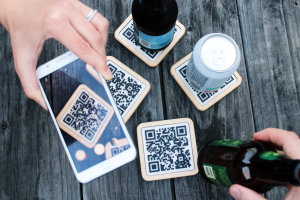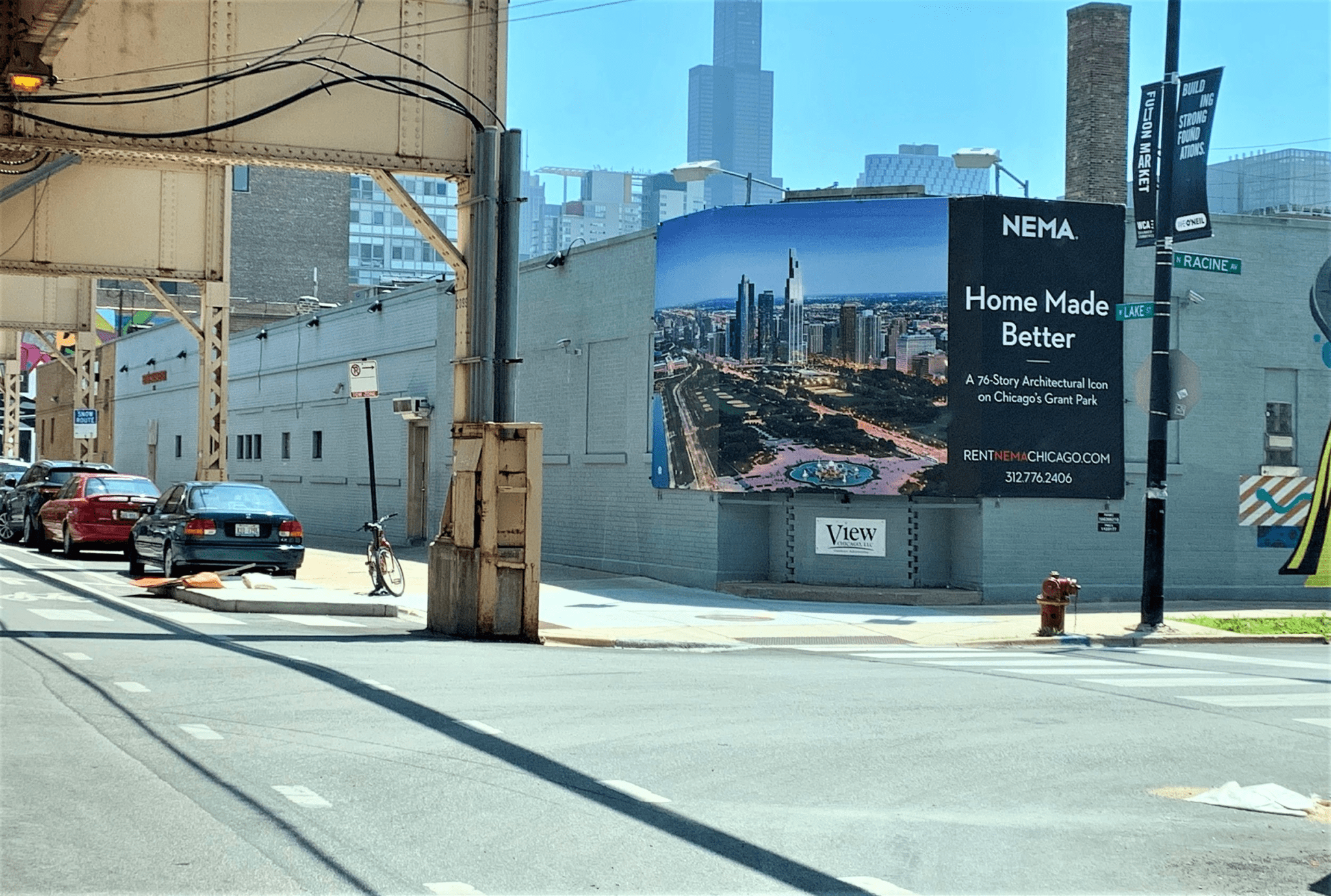
QR Codes and Marketing: Gamified In-Hand Ads
QR Code Advertising Campaigns: Engaging Consumers Through Gamification In the evolving landscape of marketing, QR code advertising campaigns have emerged as a dynamic tool to bridge the gap between physical touchpoints and digital engagement. By integrating QR codes into everyday





